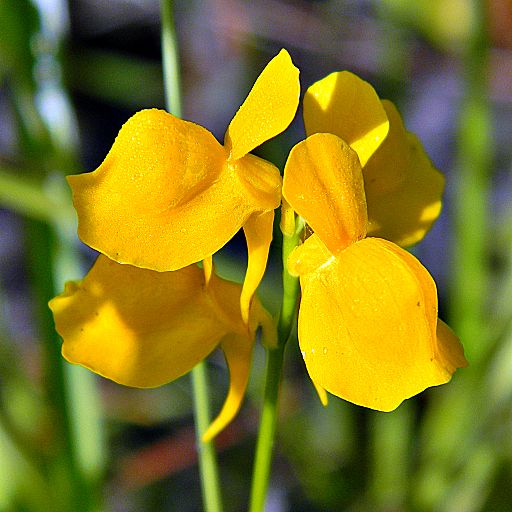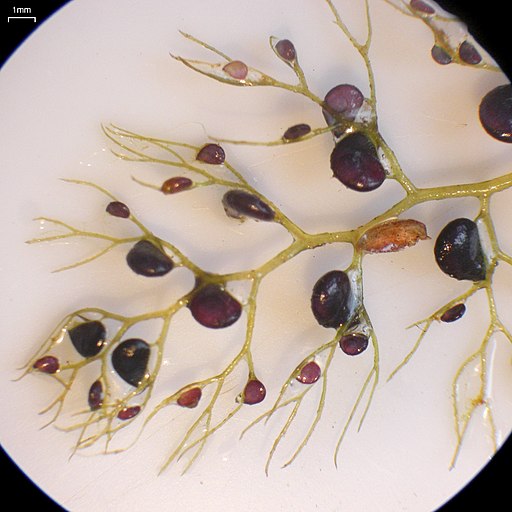Even if there weren't a ton of evidence about the benefits of reading to children, I'd still do it, because I love the time I get to spend with my Little Bear, and the ways that we interact while reading. We've been reading to her since before she was born. But, as an infant, we mostly read her board books:
But, she also likes to just listen to stories. Yes, Little Bear is only two (almost two and a half), so her vocabulary is still growing. That doesn't mean that she doesn't appreciate hearing all of the new words, and letting her imagination run wild a little bit. So, I figured that I would try reading a more grown-up book to her. I wasn't sure which one to choose, and then I met Brian Switek, and learned of his new book, "My Beloved Brontosaurus".
"Oh, dinosaur eggs? (then her voice when up an octave) With teeny, tiny dinosaurs in them!"
Yes, sweet one, there were teeny, tiny dinosaurs. We've been really loving reading through the book together (it's also a great excuse for her to convince me to let her stay up just a little bit longer):
45 minutes after bedtime. Little Bear is out of bed, hands me my iPhone and says, "read me Brontosaurus peas?" @laelaps how could I say no?So, I have to pick on Brian just a little bit for ruffling my feathers with these tweets the other day:
— Melissa WilsonSayres (@mwilsonsayres) May 30, 2013
I'm often asked if My Beloved Brontosaurus is a children's book. Nope, and not just because of the dinosex chapter. #brontotour — Brian Switek (@Laelaps) May 22, 2013
My Beloved Brontosaurus is for adults who want to know why the dinosaurs they met as kids seem so different now #brontotourYes, yes, I understand why the question and why the answers. My Beloved Brontosaurus is not a colorful, simply-worded children's book. As someone not very familiar with dinosaurs at all, I actually wouldn't have minded more pictures. My issue is that I don't think this book, or many similarly-styled books should be thought of as for adults only.
— Brian Switek (@Laelaps) May 22, 2013
Parents let their young children watch all sorts of television shows, surf the internet, and play with all kinds of technology. Why, then, should we not expect that they might enjoy listening to a story that is above their reading level, but about something interesting?
Children are remarkably able to absorb and appreciate many things that we might not expect them to. I honestly didn't expect Little Bear to set through more than a page, and yet here we are, 31% of the way through the book. She scrutinizes the pictures that are included, but also listens intently to the text (and, maybe I'm a bit more liberal, but I actually didn't edit much out of the dinosex chapter). She may not remember it at all, or maybe she will. I think it is more important for her to hear all of the new words, to be challenged with unusual vocabulary, and to be entertained by her imagination.
As much as Little Bear loves to get the extra time staying up listening to "Brontosaurus", I am probably more excited to get to snuggle her, and to get to enjoy reading something for pure enjoyment.














